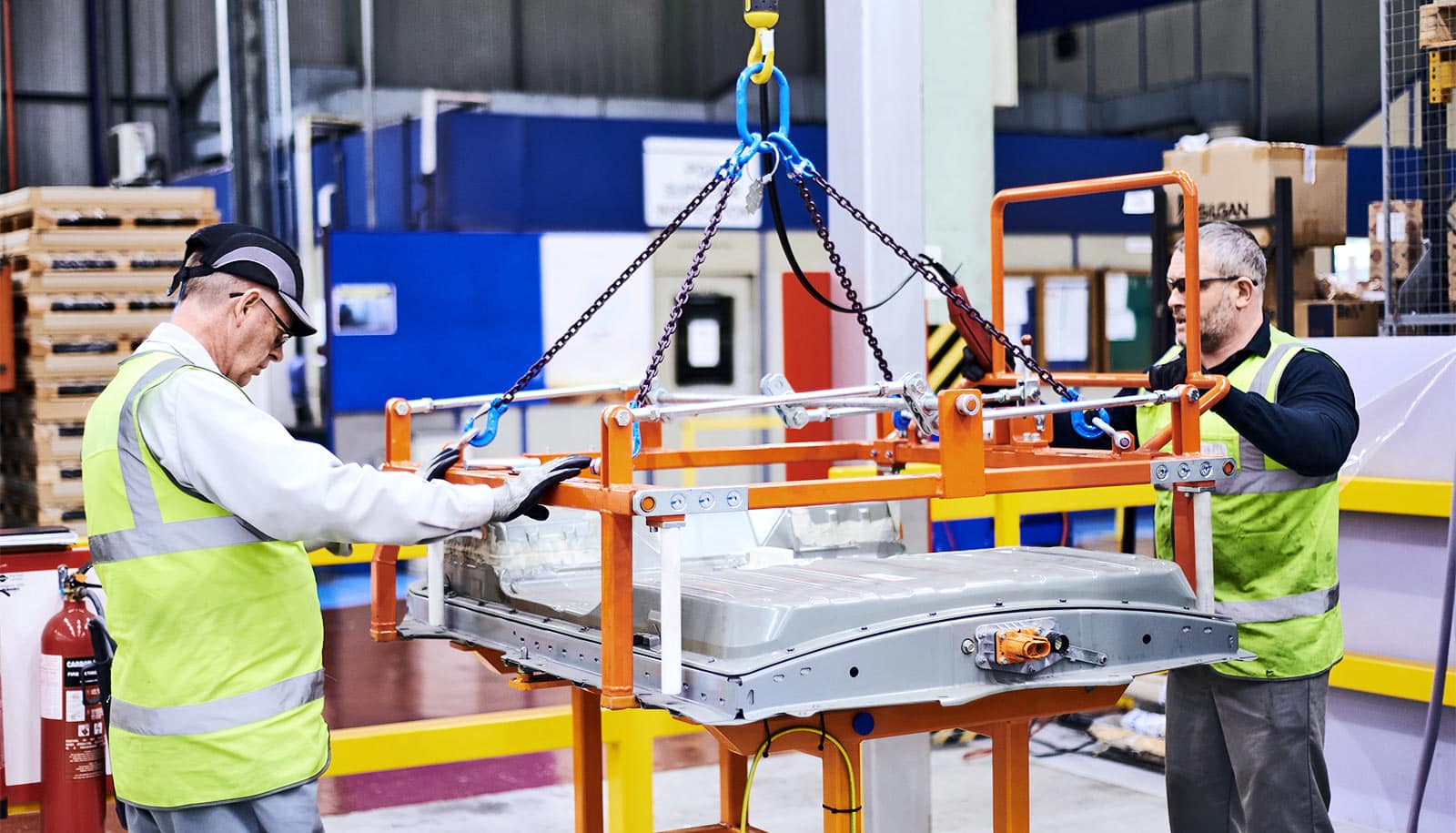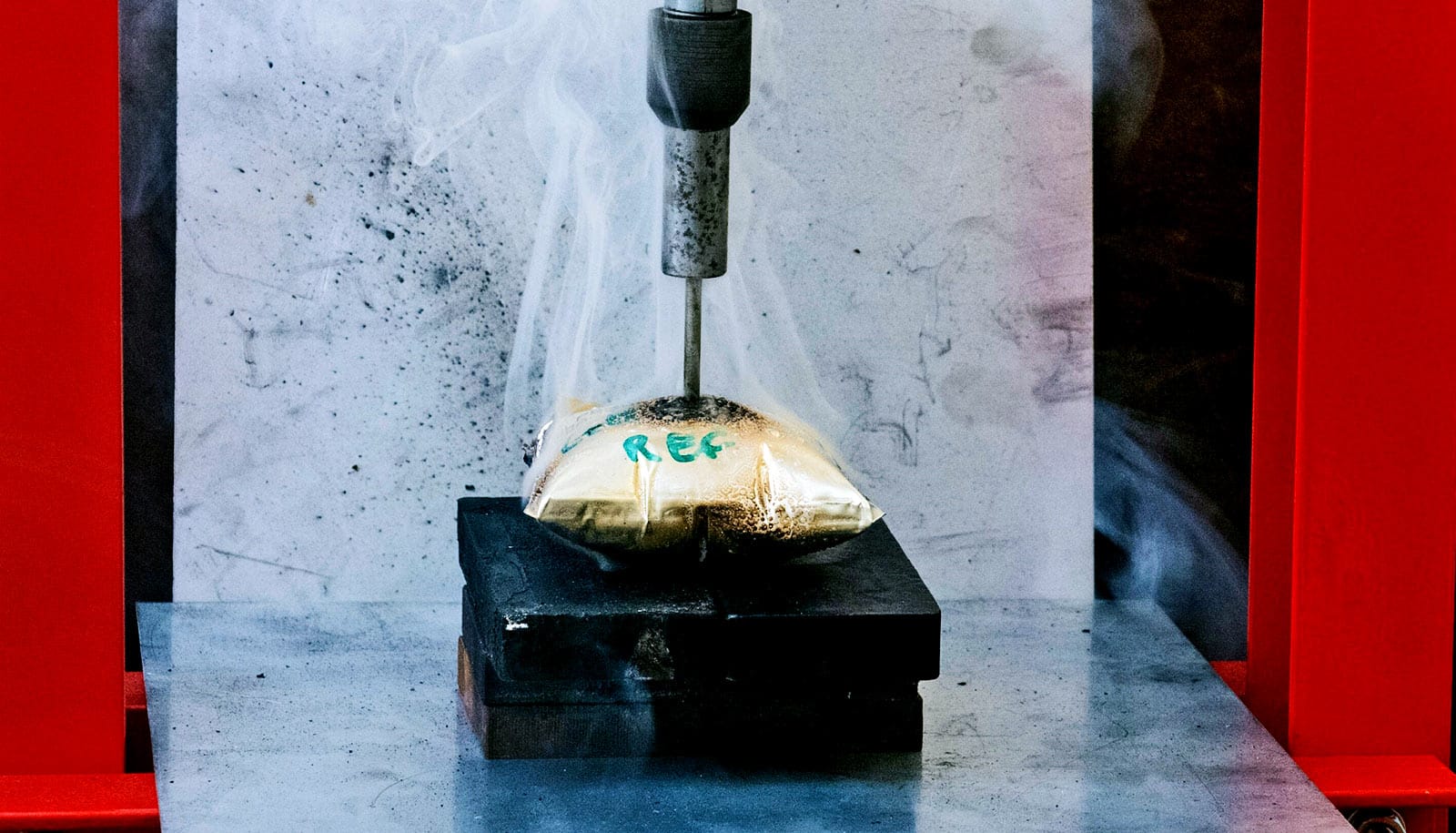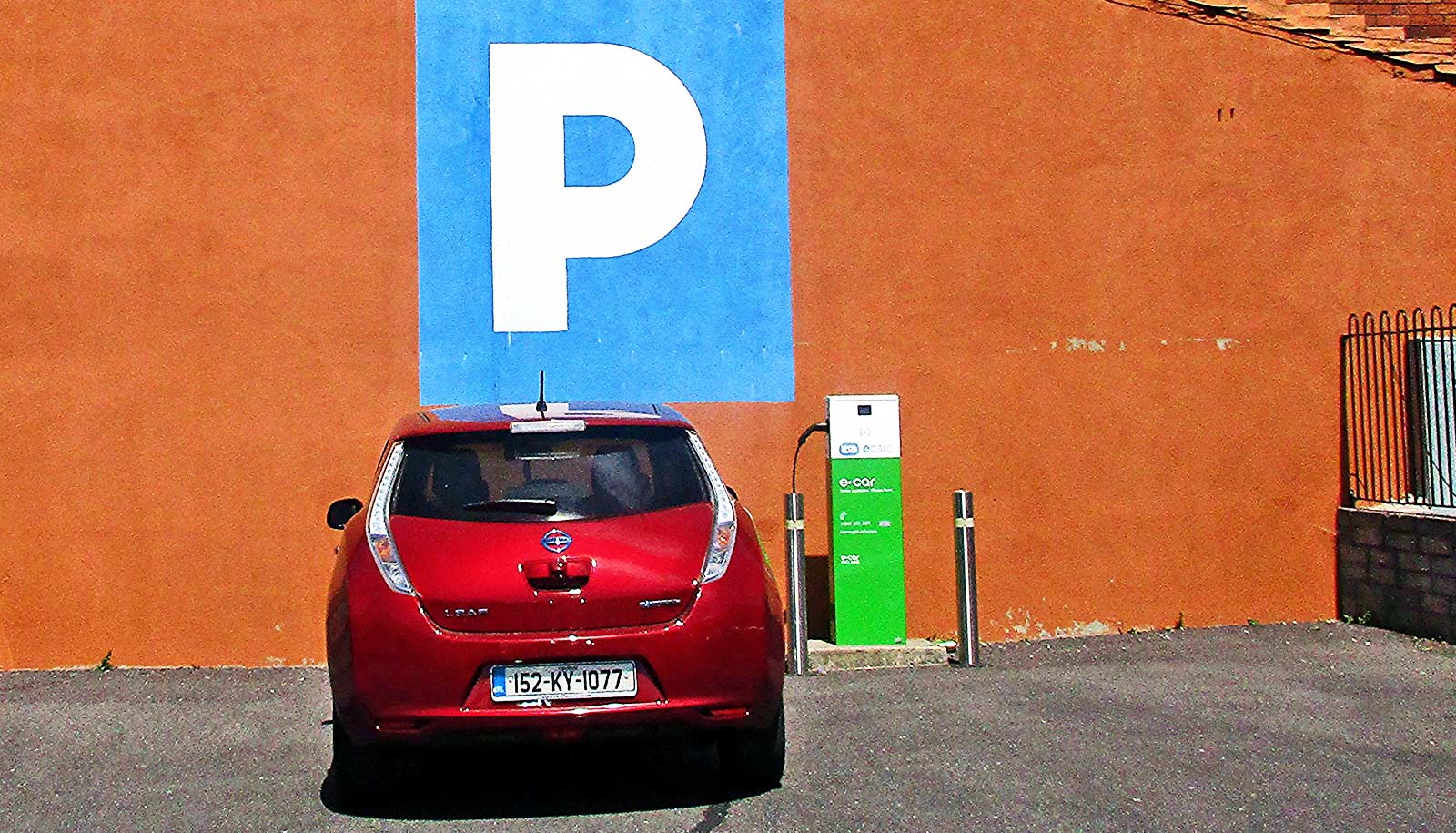A new grading system could pave the way for reusing Electric Vehicle Lithium Ion batteries for domestic and industrial use, researchers report.
Once EV batteries have fulfilled their life-span for automotive applications, the manufacturer usually recycles them. Many automotive Lithium-ion (Li-ion) batteries, however, have enough life left in them after scrapping the car for “second-life” uses.
To do this, it’s necessary to “grade” the used batteries—identify those suitable for use as spare parts, those suitable for “second life,” and those suitable for recycling materials. This grading process is traditionally a long and expensive process.
The car company Nissan wanted to explore ways to make a much faster grading process for their used Li-ion batteries from the Nissan LEAF—to allow reuse of old battery packs or modules instead of disposing or recycling them. Nissan challenged the researchers to demonstrate 1MWh of energy storage by the end of 2019.
Battery technology experts in the Energy Innovation Centre at the University of Warwick developed a safe, robust, and fast methodology for used automotive Lithium-ion batteries, at pack level. Researchers successfully transferred this methodology to a pilot second-life facility, where it reached the target of 1MWh of second-life energy storage.
In addition, the team developed ways of grading modules—the sub-components of battery packs in as little as 3 minutes—a process which previously took over 3 hours.
Graded second-life battery packs can provide reliable and convenient energy storage options to a range of customers: from electric roaming products—providing electricity for customers on the move, to home storage products—enabling customers with solar panels to store their energy generated. More crucially, the packs are useful as storage allowing increased intermittent renewable energy sources on the grid, without putting security of supply at risk.
“Automotive batteries deliver some great environmental benefits, but they consume a lot of resources in doing so,” says David Greenwood, a professor at WMG at the University of Warwick.
“Opening up a second life for batteries improves both the environmental and the economic value we draw from those resources before they need recycling.”
Ametek developed specialist equipment, and worked with researchers to embed the algorithms developed into a robust and industrialized machine that Nissan and other companies can use to grade second life batteries.
“The algorithm was developed with assistance from AMETEK EIS analyzers. We are currently implementing the algorithm in our new family of Solartron Analytical Battery Analyzer products, including our flagship SI-9300R model, which we expect will reduce market barriers for second life applications,” says Andrew Williams, Advanced Measurement Technology Business Unit Manager at AMETEK.
The new process is now undergoing trial for grading of battery modules at the second-life pilot facility. Through these two processes, Nissan hopes to reuse the vast majority of packs currently assembled in EVs in Europe.
“The number of electric vehicle batteries reaching end-of-service is set to increase from thousands to tens of thousands per annum by 2025. These batteries typically retain significant capacity and power delivery capability, and their re-use in so-called ‘second-life’ applications has been proposed as a mean to extend the battery value chain and minimize waste by deferring recycling,” says Francisco Carranza, managing director at Nissan Energy.
“Reconditioning car batteries has to become business as usual—it makes sense environmentally and commercially. This project has proven a scalable process to deploy reconditioning and represents a significant milestone in the UK pathway to net zero emissions,” says Celine Cluzel, director of Element Energy.
Element Energy published a report on the work.
Funding for the work came from BEIS (Business, Energy, and Industrial Strategy). Additional researchers from Nissan, the University of Warwick, AMETEK, and Element Energy contributed to the work.
Source: University of Warwick



